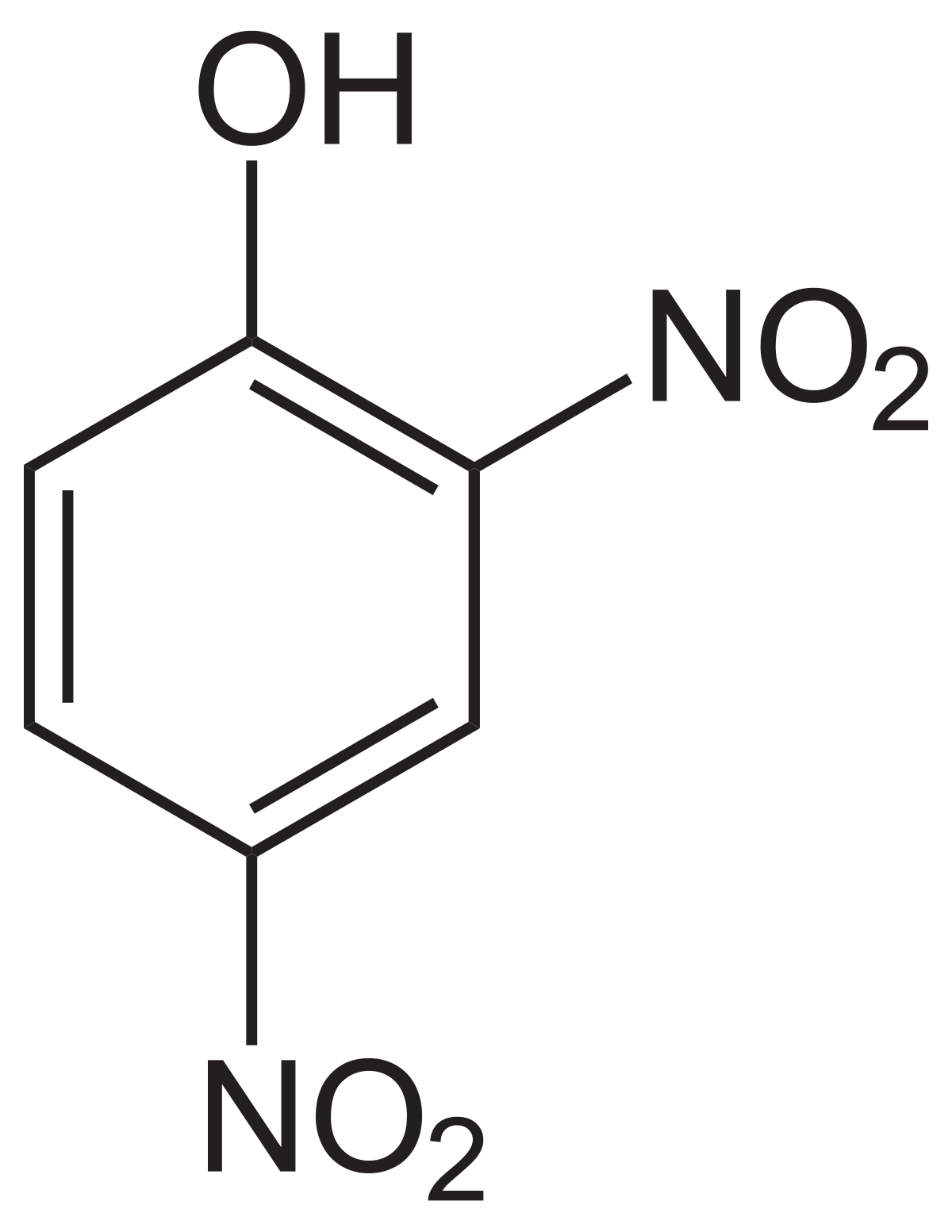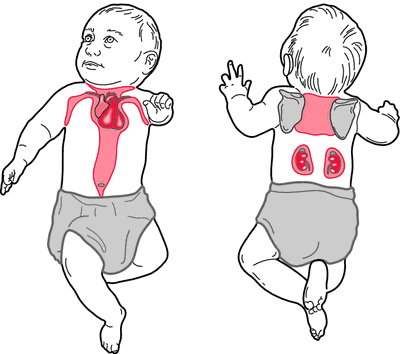Water is a little bit strange relative to the vast majority of chemicals because its solid form is less dense than its liquid form. When ice forms naturally, it assumes a rigid crystal lattice structure which keeps the molecules more spaced out than when they’re in the liquid form. In fact, water expands 9% when it freezes and ice has a density of only 0.917g/ml. but it’s a little more complicated than that. Did you know that there are actually 16 known types of ice? They are categorized based on their physical and structural properties, which are due to their mechanism of formation. In the 1980s, scientists discovered a novel type of ice called amorphous ice or vitrified water, which can have a density higher than liquid water because it does not form as a crystalline structure. But how do you stop water from doing that?

Scientists figured out how to make amorphous ice and have since been able to utilize it for important biological applications. Amorphous ice can be classified as Low Density (LDA) at 0.94g/ml, High Density (HDA) at 1.17g/ml or Very High Density (VHDA) at 1.26g/ml. The form that the amorphous ice assumes depends on its mechanism of formation in which the key factors are temperature and pressure. Water has a Glass Transition Temperature (Tg), which is 136K or -137⁰C, and the water must melt at a temperature lower than this to form amorphous ice. When ice forms at a higher temperature than Tg it will crystallize spontaneously.
LDA can be formed by very slowly depositing water vapor onto a smooth metal surface at a temperature less than 120K. This laboratory method mimics the way LDA water forms in space when it comes in contact with extremely cold solids. HDA can be formed by compressing regular ice under 1.6 GPa which is about 15,790 atmospheres of pressure! This must be done at a temperature lower than 140K. If it’s done at 77K (the temperature of liquid nitrogen) then the pressure can be raised back to one atmosphere and the amorphous ice will remain in that form (with the temperature kept at or below 77K). It was discovered in 1996 that HDA could be further manipulated into a higher density by warming it to 160K under 1 – 2 GPa of pressure and then cooling it back down to 77K and ambient pressure for storage.
Amorphous water (or other solvents such as ethanol or ethane) is used in cryo-electron microscopy as a means of preservation of the delicate sample without it being destroyed by ice crystal formation (which would happen if it was just frozen normally). This type of microscopy is particularly important in the imaging on protein structure. Dehydration of biological samples and bombardment with UV rays can alter the structure of interest, causing the microscope image to be non-representative of the structure in a physiological environment.
This type of research is also Nobel Prize worthy! The 2017 Nobel Prize in Chemistry was awarded jointly to Jacques Dubochet, Joachim Frank and Richard Henderson “for developing cryo-electron microscopy for the high resolution structure determination of biomolecules in solution”. Super cool stuff! (Pardon the pun).
Nicole Rogers



